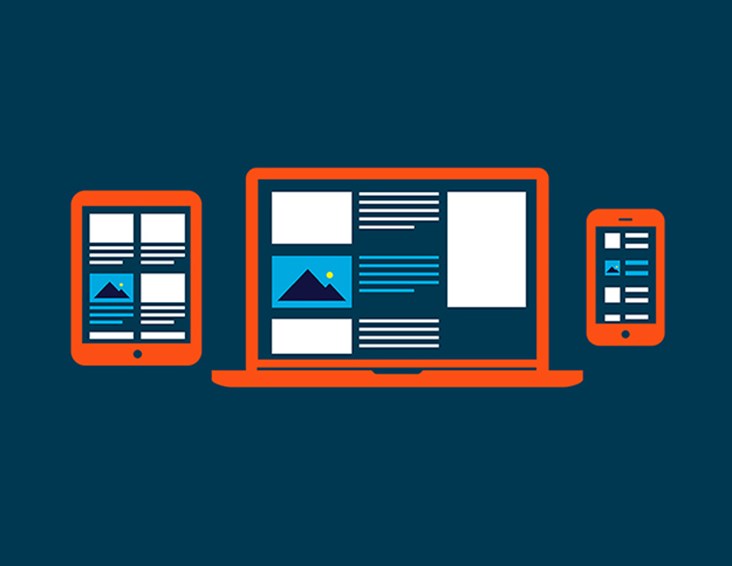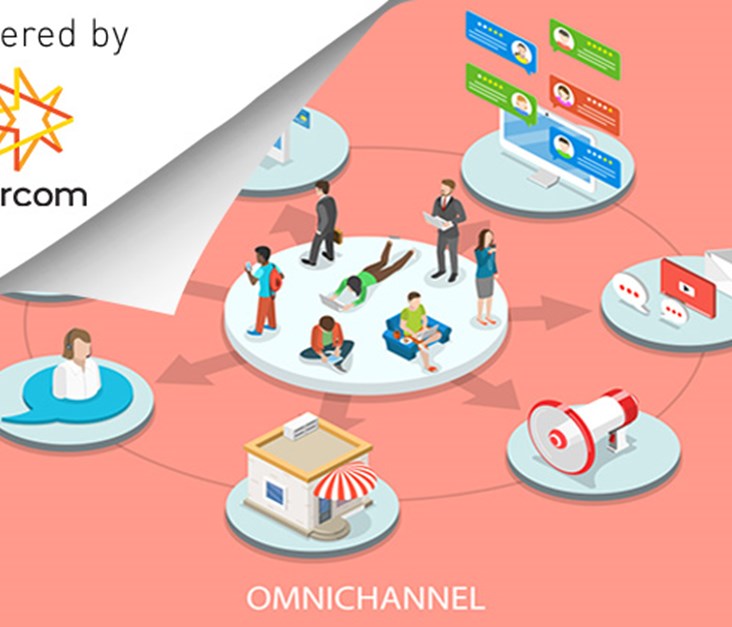
These days, it seems as though everyone is jumping on the native advertising bandwagon. Native advertising isn’t supposed to jump out at you. It is meant—the good kind anyway—to seamlessly blend into the form and function of the platform where it is embedded. Think of it like traditional advertisement disguised in camouflage.
What’s key about native advertising is that it is not meant to disrupt a user’s online experience. Native advertisements can be in the form of an article or can be in multimedia form, and they typically appeal to viewers on an emotional level. For example, an avid ‘listicle’ fan may stumble upon a Buzzfeed article entitled ‘Which Donut Are You?’ The reader may not immediately register that the article is sponsored content for the company Dunkin Donuts, created in collaboration with Buzzfeed.
Though native ads have been around for quite some time, its status among industry players has sky rocketed with the ascent of digital marketing. In fact, forecasts predict that about 74% of all advertising revenue will be driven by native ads by the year 2021. The most significant trend on the horizon for native marketing is that it is going mobile. Globally, smartphone penetration is continuing to grow at exorbitant rates.
Generally speaking, Internet speeds are improving and prices for 4G are becoming more affordable. More specifically, in the MENA region, many older-generation citizens—people who may have never used a desktop computer in their lives—are now owners of smartphones; they are being exposed to digital marketing for the first time through their mobile devices. Given its rate of growth it is unsurprising that mobile native advertising will be taking over ad space in 2018.
The rise of mobile devices corresponds to a parallel explosion in social media engagement. Research shows that the majority of people who access Facebook and Instagram do so through their mobile app. What this means for native advertising is that we will see an increase in ‘social media influencers,’ celebrities or regular people with a devoted following who serve as brand ambassadors. Perhaps the most impactful way influencers transmit a brand’s message is through sponsored posts or Stories.
The days of simply posting selfies or photos is over—the push now among Influencers is toward the use of video. Live video streaming on Instagram Stories and Snapchat are gaining momentum and imbue sponsored content with an aura of “authenticity” due to its appearance spontaneity. Indeed, video is the undisputed leader of digital advertising and as the number of viewers of video grows exponentially this will become the form in which native advertisements will take.
Another very important trend to look out for in native advertisement will be smarter content that does not rely on trickery to gain attention. We have all encountered bait-and-switch online ads that appear to be in the form of a website but mislead the user to an unwelcome advertisement. As sophistication with respect to digital literacy increases, such ads will not only be ineffective but will elicit a negative reaction from the viewer. Since native ads, by definition, blur the lines between advertisement and content, it is important to exercise a great deal of caution in order to not alienate your target audience.
Consumers, for their part, are finding ways to keep ads out. In fact, the New York Times reported that there was a 30 percent increase in the number of consumers who installed ad-blocking software worldwide in the past year. The rising trend of ad-blocking foreshadows a corresponding trend in the native advertising world: smarter, more honest content. Authenticity is essential. It is not enough that the native ad “looks” likes the platform, but rather should really strive to echo the spirit and ethos of said platform.
Looking forward, it is easy to predict that every major brand will participate in the trend of mobile and video-driven native ads. But as that bandwagon becomes increasingly crowded, the biggest takeaway of all is: If you are going to do it, do it well.
Latest Business
Intelligence Report














